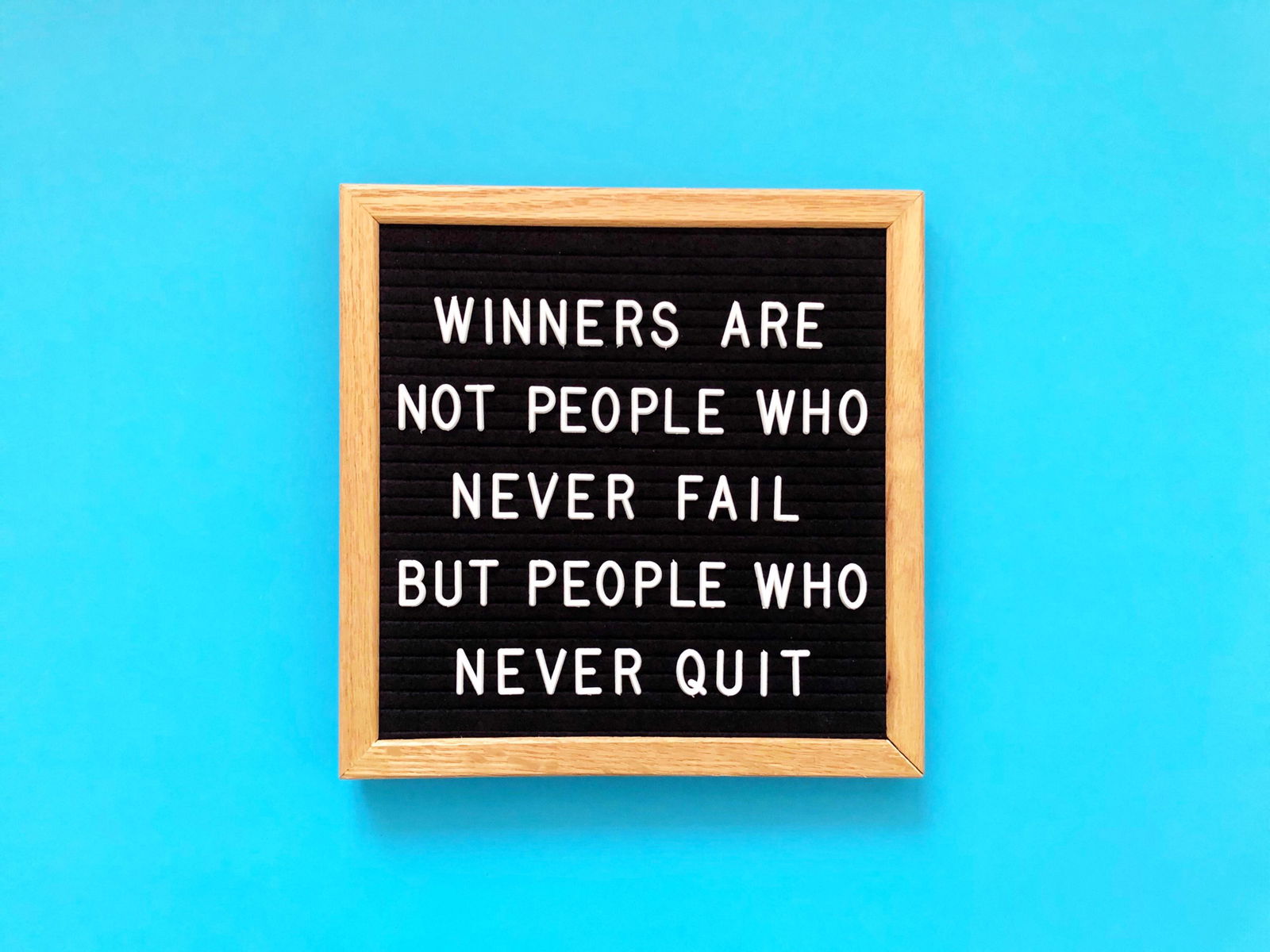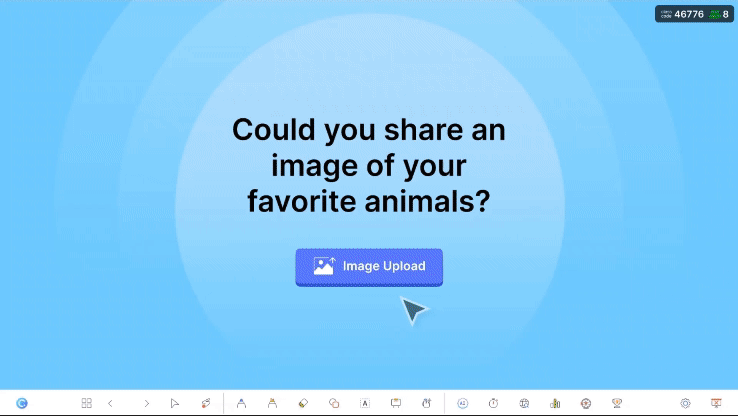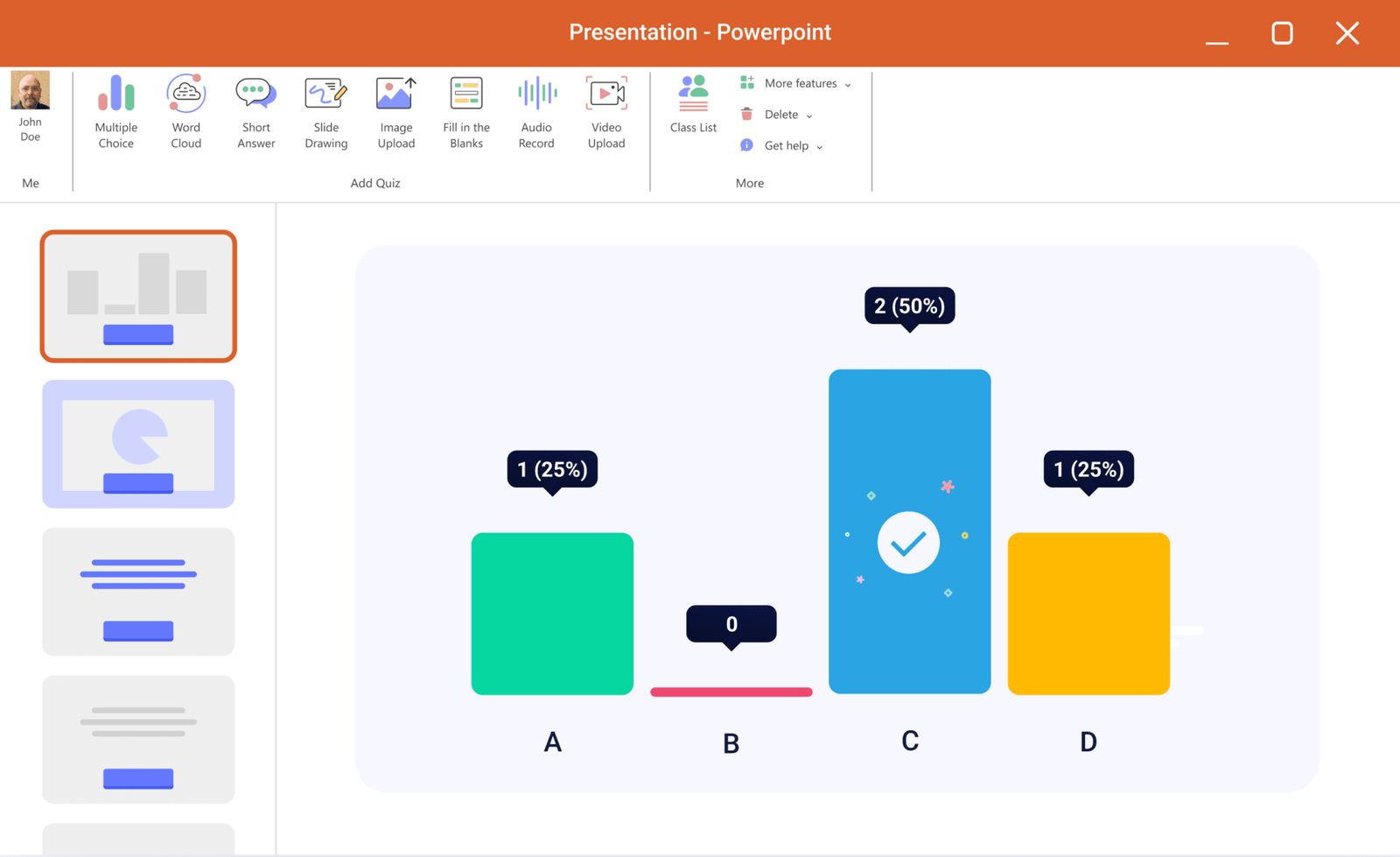Let’s skip the speeches.
You don’t need me to tell you teaching is hard. Or that it’s an uphill battle. Or that you’ll “find your why” if you just hang in there long enough.
In fact, when someone starts with all that, my question is: Do we actually want tips for new teachers to thrive, or are we just preparing them for defeat?
Teaching isn’t all sunshines and rainbows, but it also doesn’t deserve to be framed like a war story. It’s a job. A real, challenging, rewarding, everyday kind of job. Not a passion project.
And like any job, it can be learned, and done well with the right tools and mindset.
In this article, we’re covering tips for new teachers that help you kickstart your career that you probably haven’t heard of yet.
1. Start class the same way every time.
Start each lesson the same way. A warm-up question. A quick check-in. A countdown timer on the board. It doesn’t matter what it is as long as students know exactly what to do when they walk in.
This consistency builds classroom rhythm and reduces wasted time at the start of class. It gives students a sense of structure and gives you space to take attendance, scan the room, or just catch your breath before diving in. Your first five minutes set the tone for everything else. Make them count.
Look no further. We've compiled 120 Fun Attendance Questions to Kickstart Student Engagement For The Day (PDF Included)!
2. Don’t say you’re “just” anything.
Say it plainly: “I’m your teacher.” Not, “I’m just filling in,” or “I’m just new here.”
Language shapes how students see you. If you introduce yourself like you’re apologizing for being in the room, they’ll treat you that way. Own your presence, and your role. You were hired for a reason.

3. Write names down as you learn them.
Names matter. Mispronouncing one early on sticks with a student, and with you.
When you meet them, repeat their name out loud. Write it down phonetically if needed. Use it during the first few days as much as possible. Keep a printed seating chart handy for the first month. Circle the ones you mix up and quiz yourself during downtime.
Yes, this could be a small, mundane habit. But it builds trust fast. And trust makes everything else easier.
4. Use silence like a tool.
Stop talking. Wait. That’s how you get attention.
Don’t repeat directions. Don’t raise your voice. Let the pause do the work.
Silence signals change. Students notice it more than volume. Try using it before giving instructions, during transitions, or to reset focus.
Use silence when:
- Explaining a key task
- Side conversations pop up
- Energy starts to drift
5. Take one thing off your plate every week.
There will always be more to do than time allows. That’s teaching. The trick is choosing what can wait or what can go.
You don’t have to grade every exit ticket. You don’t have to design something from scratch every night. Focus on what adds value and cut what doesn’t.
Letting go of tasks that don’t move the needle boils down to building sustainable working habits.
6. Use tech to cut down on paper.
Balance is key. Some tasks still work better on paper like brainstorming, sketching, annotating.
But smart use of tech can reduce clutter and of course, modernize your classroom. Tools like ClassPoint, a direct Microsoft PowerPoint add-in, can be a good start to cut down on paper use when holding quizzes.
By simply embedding quiz questions on static PowerPoint slides, you can start running quizzes from your PowerPoint straight to student devices.

Check out how to run your first interactive PowerPoint quiz here.
7. Use one tool well before adding five more.
You don’t need ten different platforms to teach effectively, especially not in your first year. If you jump into everything at once, you’ll end up overwhelmed and your students will be too.
This is where tools like ClassPoint make sense. It integrates directly into PowerPoint, something most teachers already use. That means no extra logins, no new interfaces to learn, and no wasted time trying to figure out how to do what you used to do in a slide deck.
Master one tool. Know its shortcuts, its limits, its workarounds. Once it feels second nature, then consider adding another.
Clarity beats chaos every time.

8. Don’t correct everything at once.
It’s easy to feel like you have to fix every problem the moment it pops up. But if you try to stop every off-task comment, and call out every side conversation, you’ll spend all your energy reacting instead of teaching.
Pick one thing to address, just one, and let the rest go. Focus on the behavior that disrupts learning the most or breaks a clear expectation.
Check out our helpful guide turning Chaos to Calm: Conflict Resolution in the Classroom (The Best Guide for Teachers).
9. Label your stuff like it’s 1999 and supplies are scarce.
Markers disappear. Chargers walk away. Sticky notes vanish mid-period.
Point blank: labeling your stuff should feel urgent.
Prep up that Sharpie + tape combo, and write your name like you mean it. This is your classroom real estate and you’re not sharing it unless you say so.
10. Keep a running list of things that go well.
Hard days will come. They always do. And when they hit, you’ll need proof that you’re doing something right.
Keep a quick log: a Google Doc, a notebook, even a sticky note on your desk. Jot down moments when a student surprised you, a strategy worked, or you just made it through a rough class with your dignity intact.
When your classroom feels like it’s going in crumbles, pull that very list out so you’re reminded that yes, you are making a difference.
11. Talk less during transitions.
They’re already moving. Adding more instructions just adds noise. Say only what’s necessary, then gesture the rest.
Wait until everyone’s quiet before speaking. Use hand signals or countdowns instead of words.
Say less:
- During passing periods
- When shifting from one activity to another
- While students are still packing up
Teaching at the preschool level? Here are 10 Best Transition Activities for Preschoolers to Build Social Skills.
12. Learn how to use the copy machine before Friday afternoon.
Trust us. You’ll thank yourself when you’re not stuck at 4:45 trying to figure out which button doesn’t jam it.
Copy machines are landmines in schools. One wrong click and you’re waiting for the tech guy who may or may not show up before summer break.
Save yourself the stress. Ask someone to walk you through it early. Print a test page. Know your machine before panic mode hits.
13. Smile after you mean it, not before you feel it.
Being friendly is good. Being taken advantage of is not.
You don’t have to win anyone over on day one. Set expectations clearly, and let warmth come naturally. Once students know what to expect from you, they’ll respect you more than if you try to be their friend before being their teacher.
Smiling too early, especially when things are off-track, can send the wrong message. Wait until things are going how you want them to. Then smile. And be sure you mean it.
14. You don’t have to use someone else’s “viral” strategy.
Just because it worked for a teacher on TikTok doesn’t mean it has to work for you.
You teach real kids in a real room, not a curated video with perfect lighting and a laugh track. What works for someone else might not fit your style or your class dynamic. And that’s okay.
Teach the way that feels authentic to you. Use ideas as inspiration, not gospel.
But, keeping up with trends isn't necessarily a bad thing, as long as it stays authentic. We've taken a deeper look to The Rise of TikTok Teaching: 3 Fun Ways Educators Can Bring TikTok in the Classroom.
15. Use your PLC, but don’t copy it.
PLC stands for Professional Learning Community. In non-jargon terms: it’s your team. The people who teach your subject or grade level.

But don’t take a lesson plan, pretend you wrote it, and then panic when it doesn’t work because you don’t even understand the activity. Use their resources as a base, yes, but adapt them to your voice.
Your teaching should reflect what you believe, not just what was shared in last week’s meeting.
16. Don’t grade everything in red.
Red screams mistake. It’s the color of failure. Not feedback.
Try green. Try blue. Or better yet, stop marking errors altogether and focus on giving actionable comments instead.
While we're on the topic of feedback, here's a list of 6 Proven Feedback Strategies That Make Students Ask for Feedback Themselves.
17. When a kid says, “I don’t get it,” ask them what part.
Most of the time, they’ll point to exactly what they need help with. Precision beats panic.
Instead of starting over or feeling like you failed, zero in on the confusion. Ask specific questions to find the breakdown and guide them forward.
These Tips for New Teachers Could Also Be Wrong
Most teachers, even the seasoned ones, don’t know too much about what they’re doing half the time. You show up. You try things. Some work. Most don’t. That’s just teaching.
So take what makes sense and toss what doesn’t. You’re not failing if something here doesn’t work for you. You’re simply just learning what does. Because at the end of the day, the only thing that matters is what helps you teach better on your terms, in your room, and with your students.
And while you’re at it, consider tools like ClassPoint, not because it’ll help you have something to talk about in your PD, but because sometimes a simple tool can make your job feel just a little smoother.
Now, go make it yours.
FAQs (That You Might Not Have Thought To Ask)
What do most first year teachers struggle with the most?
Classroom management and time management usually top the list. It’s easy to feel like you’re constantly playing catch-up. That’s why small systems like routines, checklists, and letting go of perfection make such a big difference.
Where can I find practical advice for new teachers that isn’t cheesy or unrealistic?
Right here, for starters. But beyond that, look for communities where real teachers share what works (and what doesn’t). Avoid anything that says “life-changing” or “must-do.” You’ve got enough on your plate.
I’m a first year teacher and I already dread Monday mornings, am I doomed?
Nope. That dread usually comes from overplanning, under-sleeping, or feeling like you have to fix everything at once. Slow down. You’re simply just adjusting.
How do I deal with students who think I’m too new to be taken seriously?
They’ll test you, andthat’s normal. Don’t try to convince them you’re older or more experienced than you are. Just be consistent, calm, and clear. Respect builds over time, not because of your resume.
What should I do if I don’t like my mentor teacher?
It happens. Not every pairing works. If they’re not helpful, or worse, making things harder, find another source of support. A colleague, an online group, or even a veteran in a different department can offer better guidance.
Why does everyone say “your second year will be so much better”?
Because it usually is. The first year is about survival. The second is about strategy. Once you’ve taught the content once, you can focus on teaching it well. That’s why tips for new teachers matter now, but won’t always define your career.
